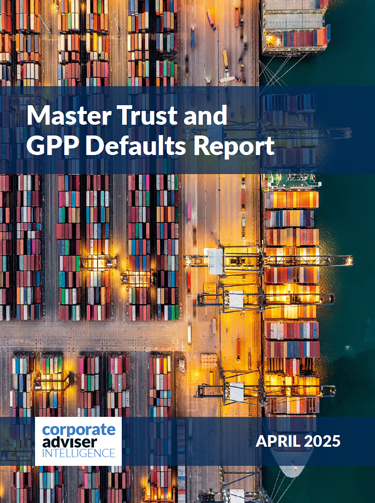SPONSORED COPY
What goes up must come down … and then go up again?
When inflation soared a few years ago, the US Federal Reserve (Fed), European Central Bank (ECB) and Bank of England (BoE) all raised interest rates to help bring prices down. For example, in the UK, the BoE’s Base Rate stepped up from 0% to 5.25% over a 14-months period through to September 2023. UK inflation topped out at 11.1% and then started to weaken. However, it took a while to be reined in and only ultimately reached its low of 1.7% in September 2024. The Fed and ECB saw similar paths for inflation and interest rates.
All three central banks judge inflation against a 2% target – at this level they want inflation to be sustainable over the medium-term, and with inflation seemingly in control and close to their targets, central banks started to cut interest rates during 2024. The ECB led the way in June 2024, while the BoE and Fed introduced the first of their rate reductions for the current cycle in July and September 2024, respectively. Lower inflation gave central bank policymakers room to manoeuvre in order to support their economies, encouraging consumer spending and business investment.
However, since the end of 2024, inflation has been sneaking up again. In the UK, annual inflation reached 3% in January 2025. Across the three regions, this bounce has been due to common factors, such as food prices, as well as idiosyncratic issues, like private school fees in the UK.
So, just where is inflation going?
Although these rises have not been particularly dramatic or large, there’s been some concern that a rise in inflationary pressure could halt progress in reducing rates or possibly even lead to higher interest rates again. This would have implications for regional and global growth prospects.
In its January World Economic Outlook, the International Monetary Fund (IMF) predicted that inflation would fall globally this year, helped by steady labour markets and a weakening of goods pricing. However, the IMF also flagged factors that may potentially disrupt the disinflation process, including:
- US migration policy – The IMF said that there was the potential for temporary disruption in the US labour market as its government tries to reduce inward migration.
- Trade tariffs – The new US government has imposed a variety of trade tariffs globally, including 25% tariffs on steel and aluminium imports. The IMF said that it would be hard to gauge the ultimate impact of tariffs on consumer prices, and this impact may be higher than previously would have been expected because, for example, the potential for retaliatory measures to include tariffs on materials with few alternative sources of supply.
- Geopolitical risk – Any rise in tension in the Middle East and/or Ukraine could impact, for example, food or energy prices.
- Exchange rates – if the pace of interest rate policies start to diverge because of inflation, there could be an exacerbated impact on prices because of exchange rate changes.
There are other factors, too, that could prove inflationary, such as the recent debt ceiling agreement in Germany that will likely see the country up its defence and infrastructure spending.
Conversely, of course, there is also the potential for inflation to remain in benign territory, helped by, for example, extended ceasefires or even an end to fighting in the two main conflict zones. Additionally, trade deals could be struck, helping to lessen the impact of disruptive trade tariffs, which if that were to happen, could “even support investment and medium-term growth prospects,” according to the IMF.
A check-in with central banks
So, what have the Fed, ECB and BoE been saying lately? There have been recent notes of caution from policymakers, despite a rate cut coming as recently as early March from the ECB. Overall, the ECB Governing Council said that despite the recent rise, inflation has developed generally as expected and it predicts 2.3% average in 2025. However, it said there was “rising uncertainty” but that it would monitor data to help it arrive at the right policy stance. The BoE and Fed kept rates on hold in March. The BoE mentioned that there was geopolitical and economic uncertainty. It expects inflation to peak at 3.75% in the third quarter of 2025, and while it currently believes prices will slow after that, it will keep a close eye on inflation risks. The Fed, meanwhile, also pointed to some rising uncertainty and that inflation was slightly high, but it continued to expect to reduce rates further this year.
Overall, despite recent concerns, we believe there’s still reason to be optimistic that inflation won’t return to the elevated levels seen in recent years, which should lead to further interest rate cuts during the year. This environment sees bonds returning to favour as a good diversifier in portfolios, given the healthy starting yields compared with just a few years ago.
Read more on the Scottish Widows content hub or for more expertise and thought leadership from Scottish Widows’ workplace pensions experts, visit here





